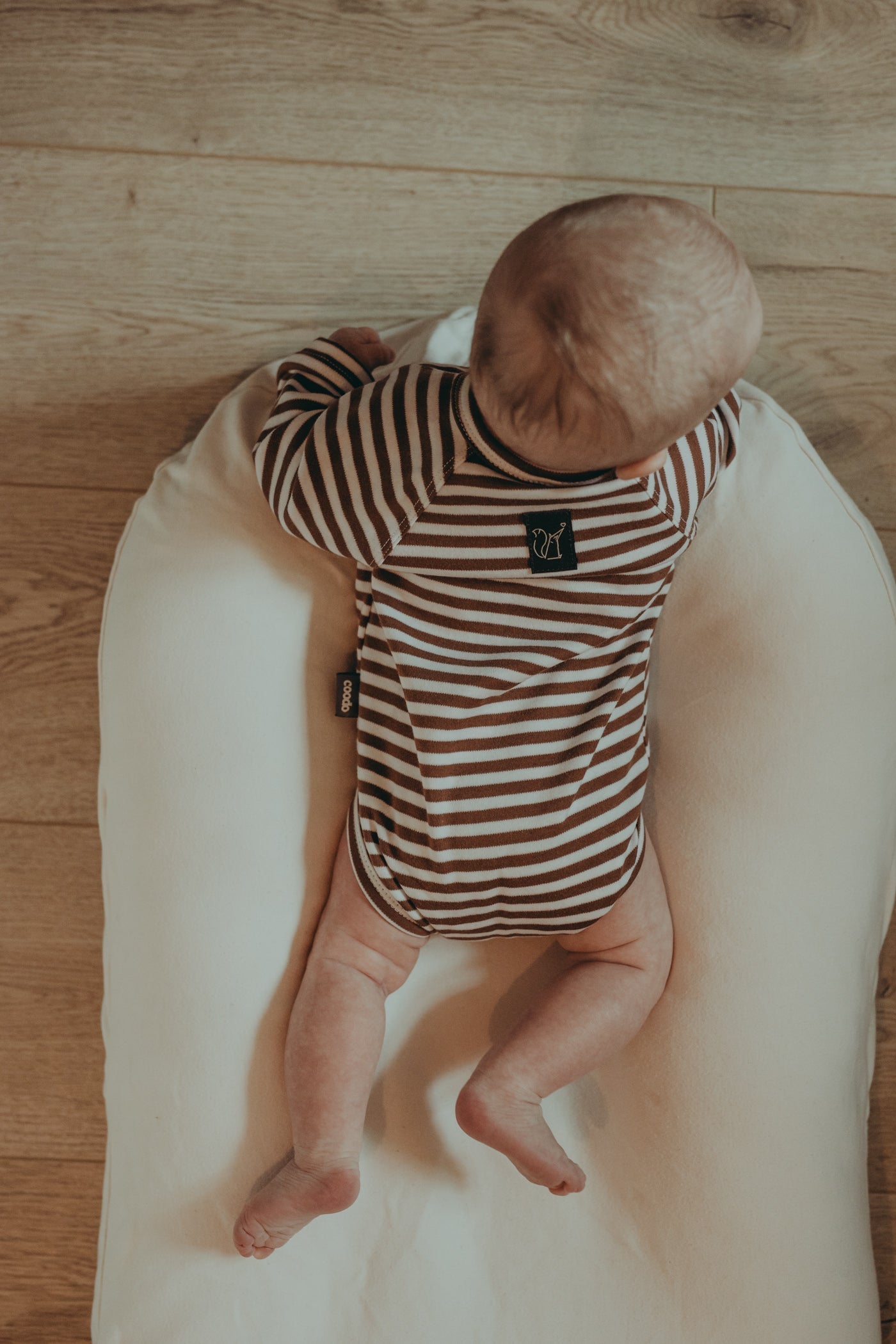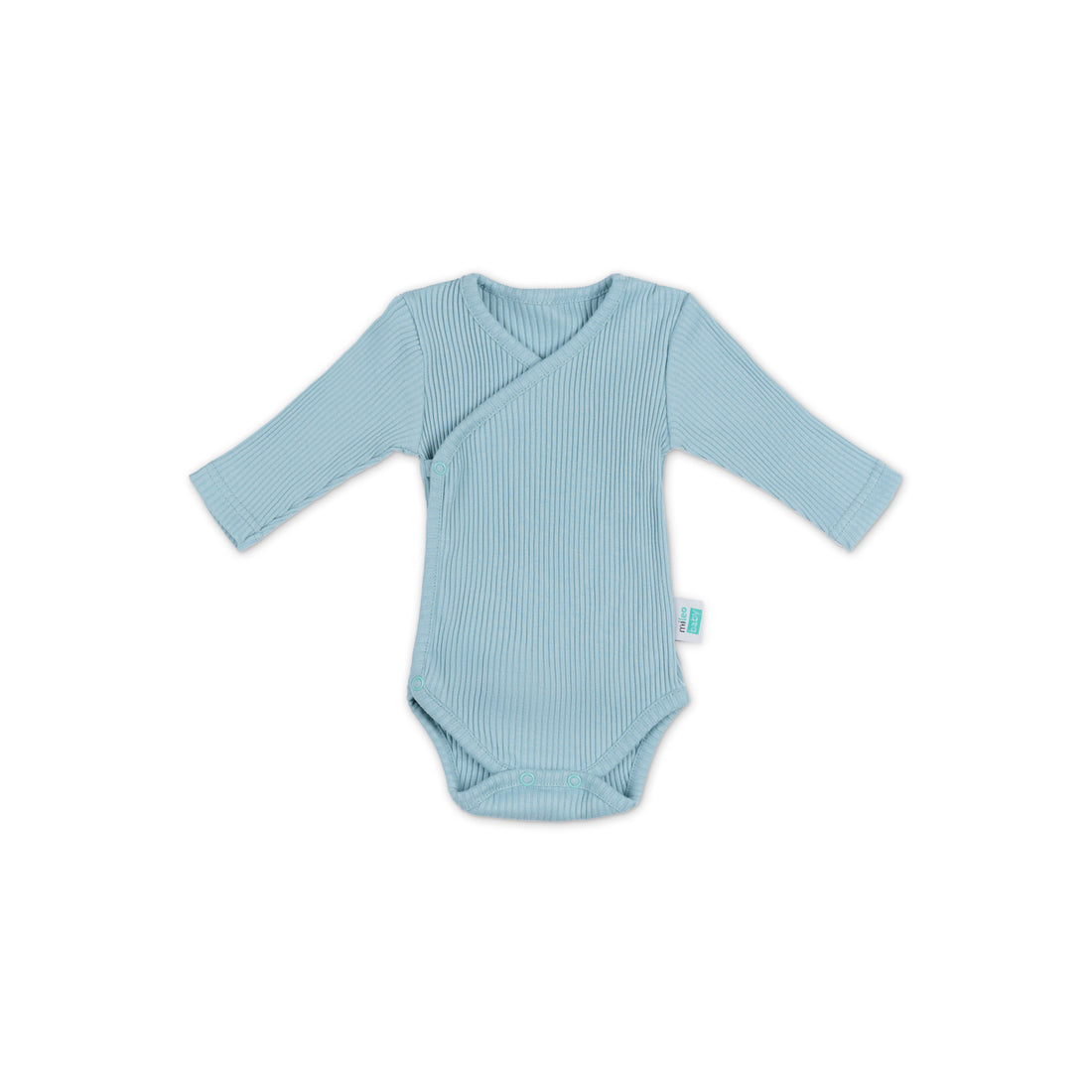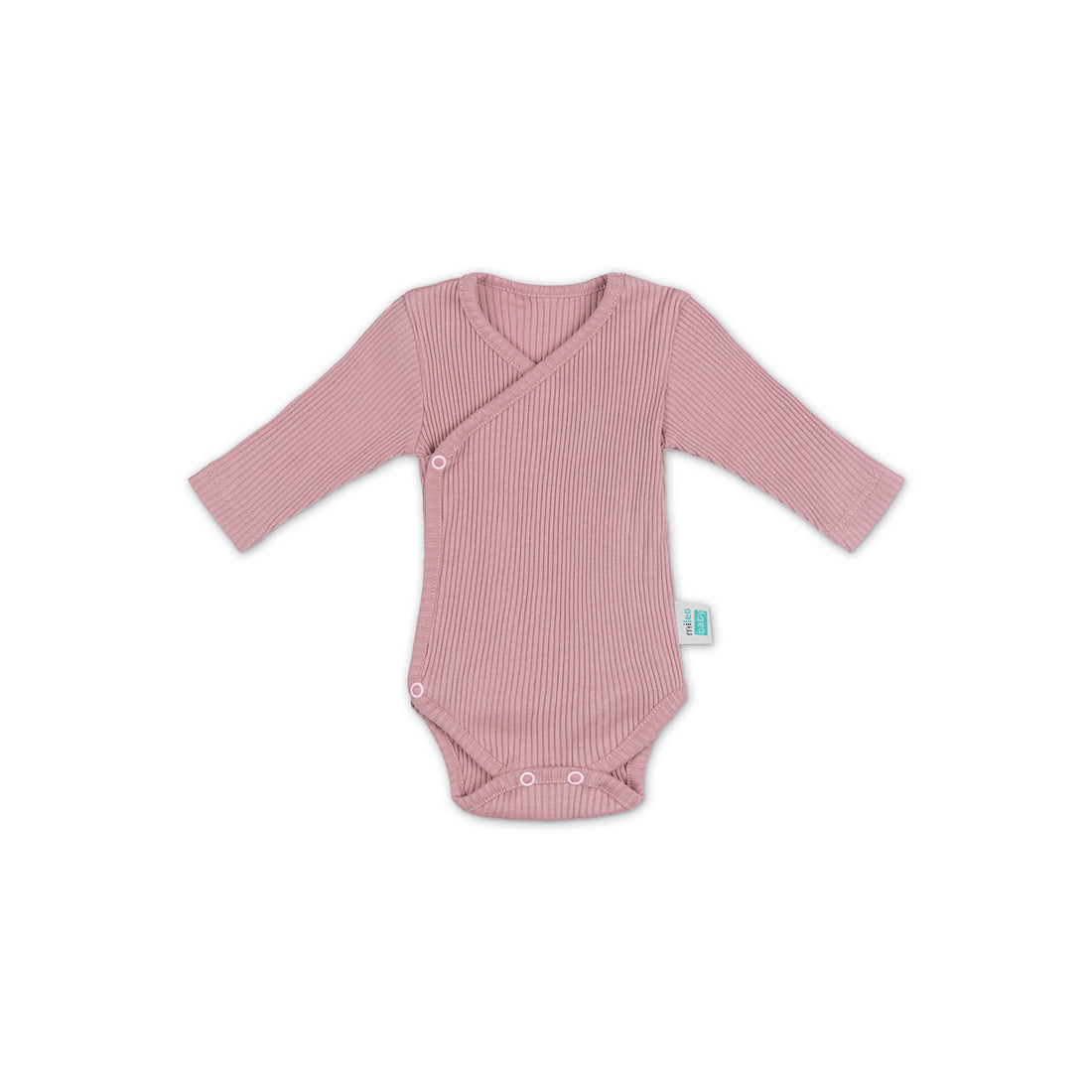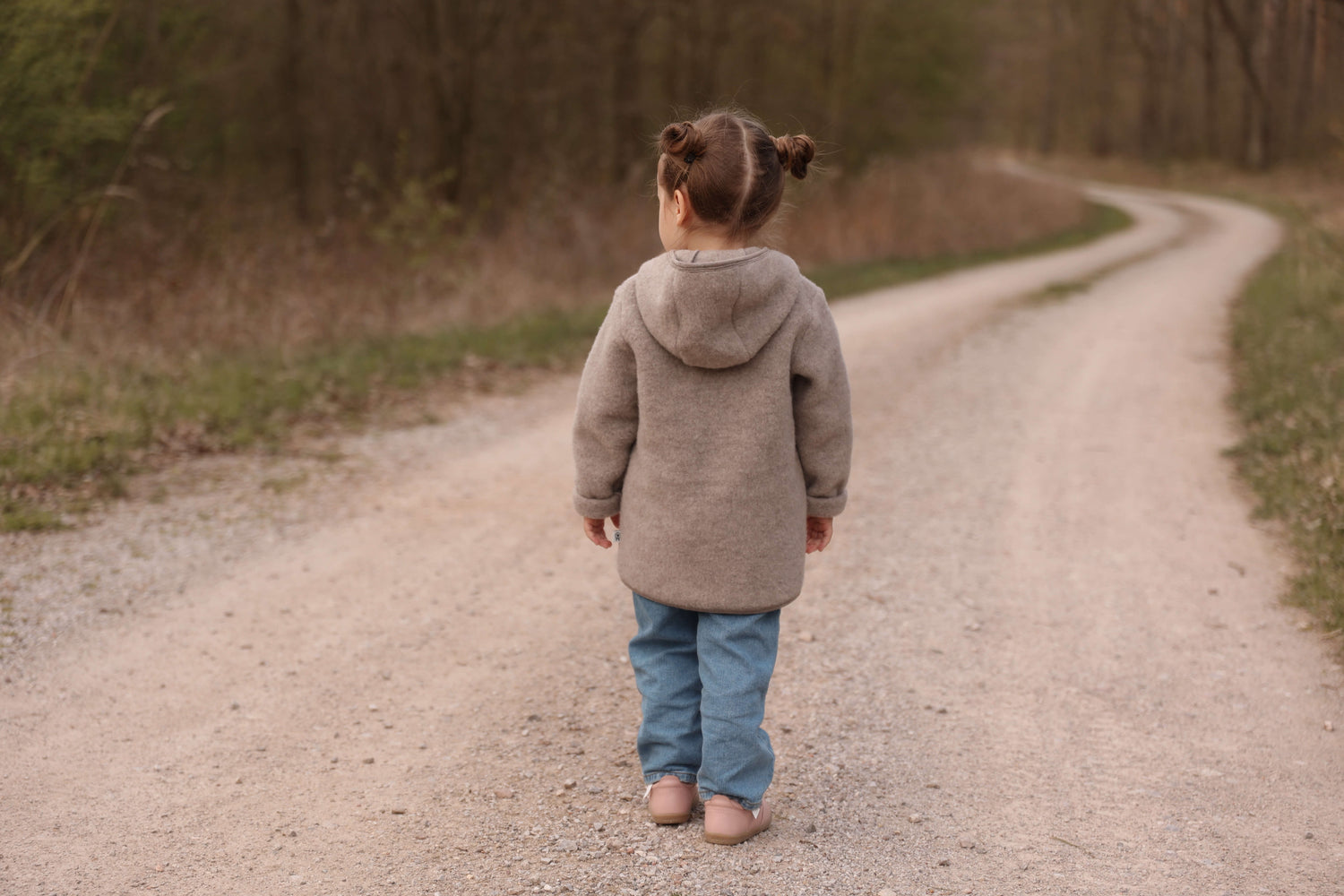Have you ever thought about what is actually in contact with your child's skin throughout the day? Is your baby’s skin sensitive and quickly gets allergies or eczema? If your baby has sensitive skin that easily develops allergies or eczema, you might spend countless hours trying to identify food products that could be triggering these reactions. However, the real cause may lie elsewhere.
Let me spell it out for you: yes, many of the everyday clothing is packed with harmful chemicals. And yes, these chemicals can cause skin irritation, eczema, allergies. As parents, we strive to provide the best for our children, prioritizing their safety. We secure them in car seats during travel, limit screen time, and promote outdoor activities for a well-rounded lifestyle. We also choose organic products from local markets to ensure they receive the best nutrition. So, why should we stop our efforts there?
In this guide, I will uncover the toxins that can hide in your children‘s clothing and and show you how to inform yourself about what’s best for your baby.

What fabrics are good for my baby?
For babies, certain fabrics are ideal due to their softness, breathability, and hypoallergenic qualities, while others should be avoided. Here’s a guide to the best and worst options:
- Organic cotton: it’s soft, breathable, and free from harmful pesticides or chemicals, making it gentle on sensitive skin. Organic cotton garments will be perfect for a newborn, select bodysuits, rompers and hats that are made from organic certified cotton.
- Bamboo: naturally hypoallergenic, moisture-wicking, and incredibly soft, bamboo is ideal for delicate skin.
- Merino wool: Lightweight, breathable, and temperature-regulating, making it great for keeping babies warm without overheating.
- Cashmere: Super soft, insulating, and lightweight, perfect for cozy, high-quality baby garments.
Fabrics to avoid
- Polyester: it’s a synthetic fiber derived from petrochemicals treated with chemicals that can irritate sensitive skin and are less breathable, causing discomfort.
- Nylon - it’s frequently utilized in swimwear and stockings. The manufacturing process incorporates several chemicals and can emit nitrous oxide, a powerful greenhouse gas.
- Acrylic - another synthetic fiber derived from petrochemicals. Acrylic mimics wool but is lighter and often less expensive. However, it doesn’t breathe well and may cause skin irritation, especially for babies.
In addition to their impact on our skin, these fabrics shed microplastics during washing, contributing to environmental pollution.
Key chemicals that can hide in your clothes
Now, let’s dive in to some details. And as much as this might feel like a chemistry lesson, it’s important you become aware of what can hide in the products you put on your baby:
- Formaldehyde: used to make clothes wrinkle-resistant causes skin irritation
- Azo dyes - common in coloring of your clothing, these dyes can break down into carcinogenic amines.
- Phthalates - found in synthetic fabrics and certain prints, phthalates are linked to hormone disruption.
- Bisphenols (BPA and BPS) used to enhance flexibility and durability of synthetic textiles can cause hormonal imbalances
- Heavy metals (nickel, lead, cadmium, mercury) - they find their way into our clothes via prints or cheaply manufactured zippers. But they are toxins that harm our bodies and the environment.
Benefits of chemical-free clothing
Choosing chemical-free baby clothing offers significant health advantages for your infant. Babies' skin is exceptionally delicate and more susceptible to irritations and allergic reactions caused by harsh chemicals found in conventional fabrics. By selecting garments made from natural, untreated materials, parents can ensure a gentle touch against their baby's skin, minimizing the risk of discomfort and promoting overall well-being.
In addition to the personal health benefits, opting for chemical-free clothing contributes positively to the environment. These eco-friendly choices support sustainable practices that reduce pollution and conserve natural resources. For example, organic cotton farming, a common source for chemical-free baby clothes, uses significantly less water and eliminates the need for toxic pesticides. This not only preserves ecosystems but also decreases the carbon footprint associated with textile production.
- Reduced skin irritation and allergies for babies
- Sustainable manufacturing processes
- Lower environmental pollution and resource conservation
- Support for organic and eco-friendly farming practices
Essential certifications for safe baby clothing
When selecting safe baby clothing, understanding the certifications can make all the difference. Certifications like Oeko-Tex Standard 100 and GOTS ensure that the garments meet stringent safety and environmental standards. These badges aren't just marketing gimmicks; they provide peace of mind that the clothing is free from harmful substances and produced sustainably.
Oeko-Tex Standard 100 focuses on testing textiles for harmful chemicals, guaranteeing that every component of the fabric is safe for your little one’s sensitive skin. On the other hand, GOTS (Global Organic Textile Standard) not only covers chemical safety but also ensures that the entire production process adheres to environmentally friendly practices. By choosing products with these certifications, you're supporting both your child's health and the planet.
By familiarising yourself with these key certifications, you can confidently choose clothing that prioritises your baby's well-being and supports sustainable practices. Look for these labels the next time you shop to ensure you're making the best choice for your child and the environment.
Tips for parents
- Wash new clothes: even chemical-free clothing can benefit from a gentle wash before first use to ensure any residues from manufacturing or shipping are removed.
- Choose natural colors: Avoid complex prints, as they often require more dyes and treatments.
- Look for certifications: Labels like OEKO-TEX or GOTS are reliable indicators of a chemical-free garment.
Consider brands that prioritize transparency and sustainability, as they often avoid harmful chemicals and embrace eco-friendly, ethical manufacturing practices. Buying fewer, high-quality pieces rather than large quantities of fast fashion can protect both your baby and the planet.









